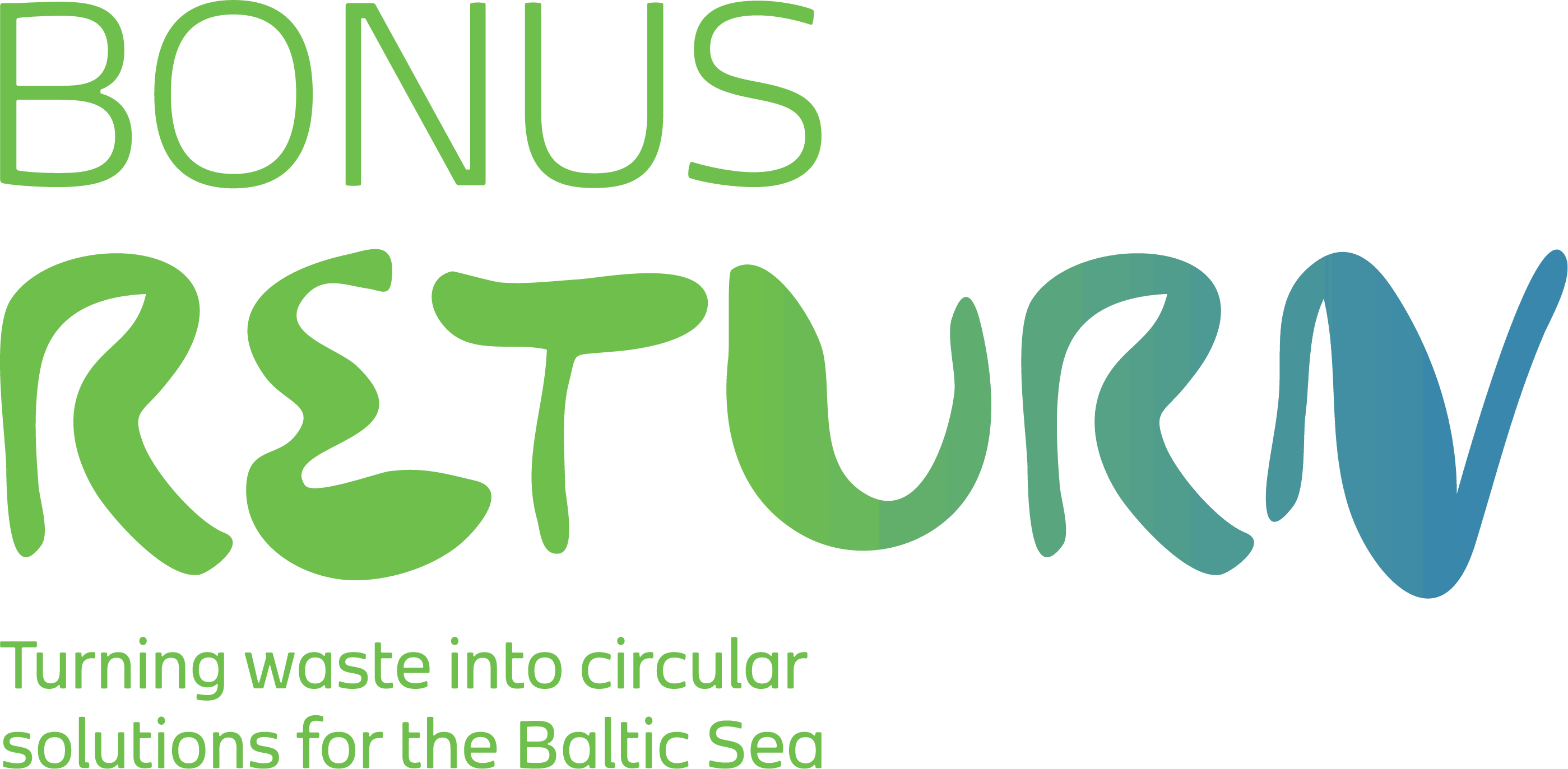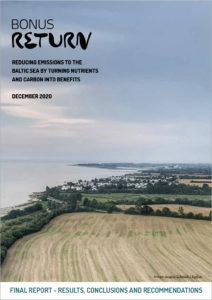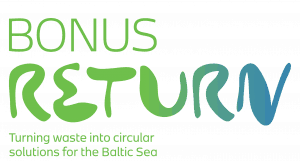The BONUS RETURN project (May 2017 to October 2020) set out to explore the reduction of emissions to the Baltic Sea from agriculture and wastewater by turning nutrients and carbon into benefits – closing the nutrient loops and promoting circularity. This report summarizes the project’s results, conclusions and recommendations.
The overall aim of BONUS RETURN was to improve the adaptation and adoption of agriculture and municipal wastewater ecotechnologies for capture and reuse of nutrients and carbon in the Baltic Sea Region, for maximum efficiency and increased co-benefits.
BONUS RETURN focused on two types of circular ecotechnologies: existing ecotechnologies and upcoming innovations. Regarding existing ecotechnologies, the project identified 25 recovery and reuse solutions in agriculture and 28 recovery and reuse technologies within the wastewater sector, relevant to the Baltic Sea Region.
Regarding innovative ecotechnologies, through an organized competition, BONUS RETURN identified, evaluated, and supported the further development of three innovative circular solutions with the potential to capture and reuse phosphorus, nitrogen and carbon for further applications. This was done through the set-up and monitoring of a testbed, pre-commercialization support to assess market potential, and benchmarking against other more established technologies.
The experiences of the innovators also contributed to building the project’s knowledge, based on market and policy barriers for closing nutrient loops within the EU. This experience, coupled with the systematic reviews, and evaluations of eco-technology sustainability, economic viability, and efficacy in the three case study drainage basins in Sweden, Finland and Poland, provided findings regarding research and policy gaps.
The project found that there are key drivers promoting increased circularity of nutrients. These include the need for sovereign, sustainable supplies of phosphorus, the drive towards reducing greenhouse gases through renewable energies and reuse of organic materials and bans on ocean dumping of manure and sludge. There are economic and administrative tools that can help promote capture and reuse (e.g. quotas – both tradable and non-tradable –, fixed and volume-based fees or taxes and subsidies). However, these are currently not being used, and as a result few circular ecotechnologies are likely to outweigh the benefits versus the costs, as clearly highlighted by the cost-benefit analyses (CBAs) carried out in the three project catchments areas. This is in fact the case for ecotechnologies that require large infra-structural investments, as with most wastewater treatment technologies. By contrast, the CBAs show that ecotechnologies for circulating nutrients from agricultural wastes can have a positive Net Present Value due to the low investment requirements.
The project observed that conventional fertilizers need to cost more and achieve higher user efficiencies for circular capture and reuse systems to develop and scale up. At present, there are few incentives to be frugal with fertilizer. Technology development, innovation and procurement are important components in the quest for competitive ecotechnologies that will ensure increased circularity of nutrients and carbon in the region’s agriculture and wastewater systems. Ecotechnologies for nutrient and carbon capture and reuse can reduce runoff and drainage losses to receiving waters.
BONUS RETURN evaluated the role of stakeholder engagement and social learning as important components which can help ensure that nutrient and carbon circularity takes hold within agriculture and the wastewater sector. The debate surrounding reuse of sewage sludge on cropland was also explored showing that several drivers including deep-rooted attitudes and perceived risks surrounding recycling of human excreta are involved. There is a need to increase policy steering towards Phosphorus reuse, without closing promising systemic solutions.
Mainstreaming the idea of circular economy across society and local, national and supranational governance structures is a priority. This will require a shift in mindsets (away from take-make-dispose and towards reduce-reuse-recycle-recover strategy), new circular business models, and increased implementation capacity within national and local governments and municipalities.
Related link
Read the special feature: >>Lessons learned from the Baltic Sea by BONUS RETURN project coordinator, Karina Barquet >>


